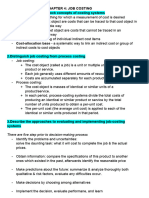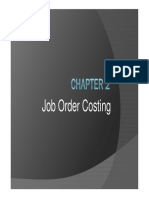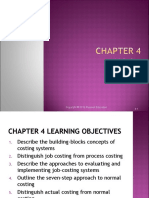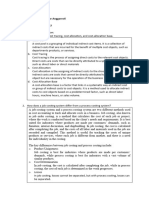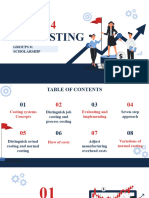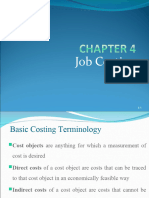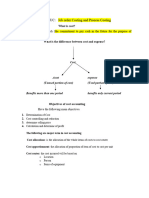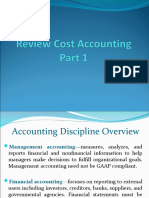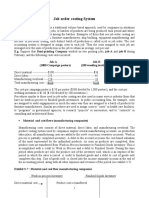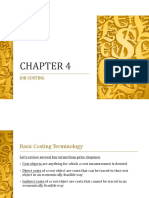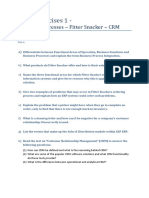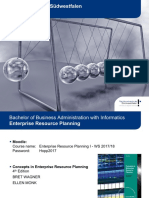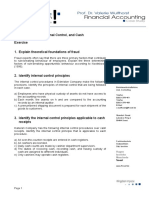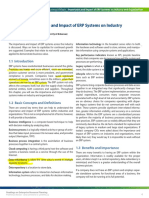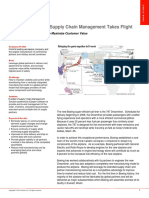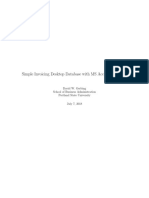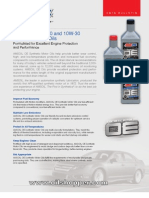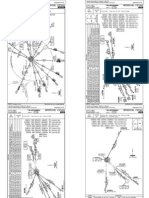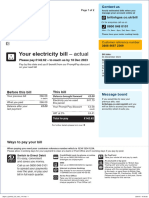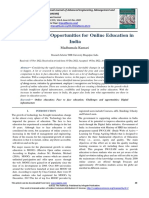0% found this document useful (0 votes)
72 views4 pagesCA Chapter 3
This document discusses key concepts in job costing systems including:
1) Job costing systems track costs for individual jobs or orders while process costing systems track average costs for mass-produced items.
2) Job costing involves 7 steps: identifying the cost object, tracking direct costs, identifying indirect cost pools, selecting allocation bases, calculating rates, allocating indirect costs, and calculating total costs.
3) Actual costing uses actual costs while normal costing uses budgeted rates, with adjustments needed at the end of periods for variances between allocated and actual indirect costs.
Uploaded by
Sha EemCopyright
© © All Rights Reserved
We take content rights seriously. If you suspect this is your content, claim it here.
Available Formats
Download as DOCX, PDF, TXT or read online on Scribd
0% found this document useful (0 votes)
72 views4 pagesCA Chapter 3
This document discusses key concepts in job costing systems including:
1) Job costing systems track costs for individual jobs or orders while process costing systems track average costs for mass-produced items.
2) Job costing involves 7 steps: identifying the cost object, tracking direct costs, identifying indirect cost pools, selecting allocation bases, calculating rates, allocating indirect costs, and calculating total costs.
3) Actual costing uses actual costs while normal costing uses budgeted rates, with adjustments needed at the end of periods for variances between allocated and actual indirect costs.
Uploaded by
Sha EemCopyright
© © All Rights Reserved
We take content rights seriously. If you suspect this is your content, claim it here.
Available Formats
Download as DOCX, PDF, TXT or read online on Scribd
/ 4





